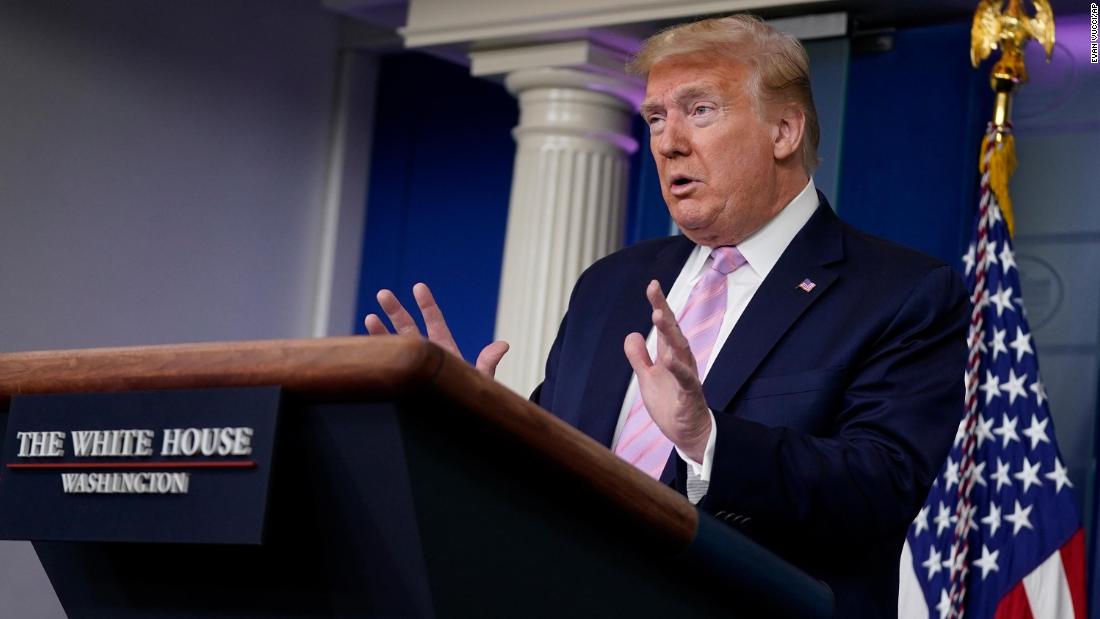[ad_1]

The scale of the crisis and the complex demands it places on the nation recall the predicament President Franklin D. Roosevelt confronted when he came into office in early 1933, during the Great Depression. He framed a challenge to America’s psyche as well as its economy, asserting “the only thing we have to fear is fear itself.”
“We must move as a trained and loyal army willing to sacrifice for the good of a common discipline,” Roosevelt declared in his first inaugural address. “Because without such discipline no progress is made, no leadership becomes effective.”
“That’s the crucial governance question we’re facing,” said Donald Kettl, a scholar at the LBJ School of Public Affairs at the University of Texas. “The problem we have now is fear based on uncertainty.”
Governed himself by impulsivity, Trump has not shown the resolve to meet the moment. He waffled earlier about ending social distancing by Easter before yielding to Fauci by extending federal guidelines through April 30.
In the meantime, Trump has turned daily coronavirus briefings into his personal political stage more than a venue for communicating evidence to help Americans cope with their doubts. In a pandemic involving a new infection for which the entire world lacks immunity, assessing the costs and benefits of loosening restrictions requires a continuous recalibration of risk.
Governors of both parties have filled the void in their states. At the pandemic’s epicenter, Gov. Andrew Cuomo of New York this week emphasizes discipline and even as he conveyed improving news about hospitalizations and deaths.
“The trajectory is the trajectory we create by our actions,” Cuomo said on Friday. Other states like Maryland that have acted aggressively sit behind New York on the case-growth curve and haven’t hit their crisis peaks yet.
Mark McClellan, who ran the Food and Drug Administration under President George W. Bush, has joined Trump’s former FDA chief Scott Gottlieb in a group of health policy professionals helping Congress and the administration identify national objectives necessary for safely resuming social and economic activities. He holds out hope that Americans have grown alarmed enough to remain patient behind an approach centered not any specific date but rather achievement of testing and treatment benchmarks.
“People are still pretty nervous,” says McClellan, who now directs a Duke University health policy center. “People are also going to remember just how bad things got.”
Deep divisions about when to return to old routines
Yet underlying those figures lies a sharp partisan divide. More than twice as many Republicans (53%) say they could comfortably resume their regular routines as Democrats (23%).
By demurring so far on naming May 1 as the pivot point, Trump acknowledges the potential for backfire. Vice President Mike Pence has said that “we’re going to follow the data.”
Trump followed the data two weeks ago in declining to lift federal guidelines by Easter. Turning back intra-party pressure for larger national interests will be harder now, as improvement raises hopes, than when conditions were deteriorating.
“What people need is a clear message that’s the same no matter where they are,” Kettl says. “That is a leadership challenge that begins at the top.”
[ad_2]
Source link

